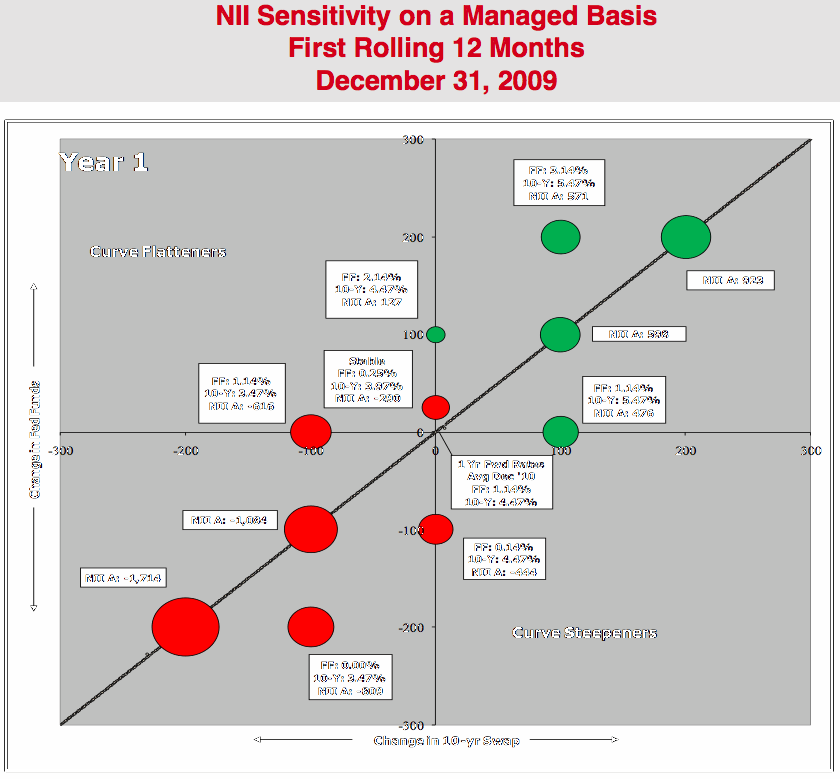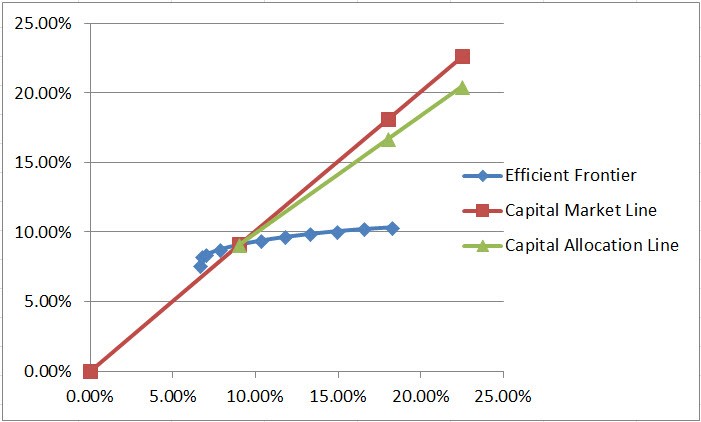How to Position Your Portfolio for Changes in Interest Rates
Post on: 14 Июль, 2015 No Comment

While interest rates are low, the yield curve looks very, very normal. The longer a bond’s maturity, the more a bondholder will receive in interest. In this environment what maturity date should you pick or how should you position your investments?
Market View: Interest Rates Are Going Higher
If you believe interest rates are going to rise in the near term, one should buy bonds or bond funds with short maturities. If you buy a bond fund with a short-maturity, there are two benefits:
- The bond fund will not lose much value when rates rise and
- The yield of the fund will rise with increases in overall interest rates.
With individual bonds, you will be able to reinvest when the bond matures with an opportunity to increase your yield.
The problem with this approach: The Fed has publicly said that they don’t plan to raise rates until after 2014. The chance of interest rates rising in the short-term before that time are very slim. While you wait for rates to rise, you will be be missing out on earning a higher yield.
Market View: Interest Rates Are Going Lower
If someone believes rates will be decreasing, they should buy bonds or bond funds with long maturities. If you buy bond funds or individual bonds with long maturities, there are two benefits:
- The value of the bonds will increase dramatically when rates fall. For example, a typical long-term government bond fund. will have a 15-20% increase in value with a 1% move in interest rates.
- You will receive a higher yield compared to shorter-term bond funds.

The problem with this approach: If rates move up instead of down, you will experience major losses. Buying longer maturities will also increase your portfolio volatility dramatically compared to shorter maturities.
Market View: Interest Rates Are Going To Remain Stable For The Next Few Years
Strategy 1: Buy Intermediate Bond Funds
Intermediate bond funds provide a balance of good yields compared to short-term funds and moderate volatility compared to longer-term funds. There are no major drawbacks to this approach.
Strategy 2: Buy Individual Bonds & Profit From Rolling Down The Yield Curve
This approach takes advantage of the shape of the yield curve. With a moderately rising yield curve, if you buy a bond with an 8 to 11 year maturity date and hold it for 2 or 3 years, you will be able to sell it for a good profit. This takes advantage of the fact that longer maturities pay more yield than shorter maturities. As time passes, the maturity of a bond goes down and the market yield on the bond will decrease (increasing the bond’s price).
The strategy is to buy bonds, hold them for a couple years and then sell them. With the proceeds, purchase new bonds with longer maturity dates than the ones just sold. Typically, this strategy works best with bonds that have maturity dates around the 10 year mark, as this tends to be where the yield curve is the steepest. You want to find the biggest difference in yields between maturity dates, over the shortest amount of time to maximize this strategy. This strategy has two benefits:
- You get to generate capital gains. Generating an extra 1% return per year from gains relating to buying and selling bonds is very possible.
- You earn a good yield and have only moderate volatility.
The Problem With This Approach: This approach involves buying individual bonds, which is more complicated, time consuming, and potentially risky than buying a mutual fund or etf which is diversified among thousands of bond issues. Furthermore, this strategy will be able to deliver extra-returns if interest rates rise in general or on the shorter end of the yield curve.
For more on how to buy individual bonds, visit the buying bonds page at Learn Bonds .














